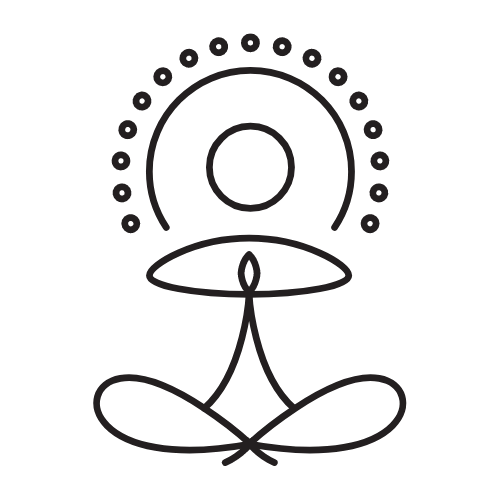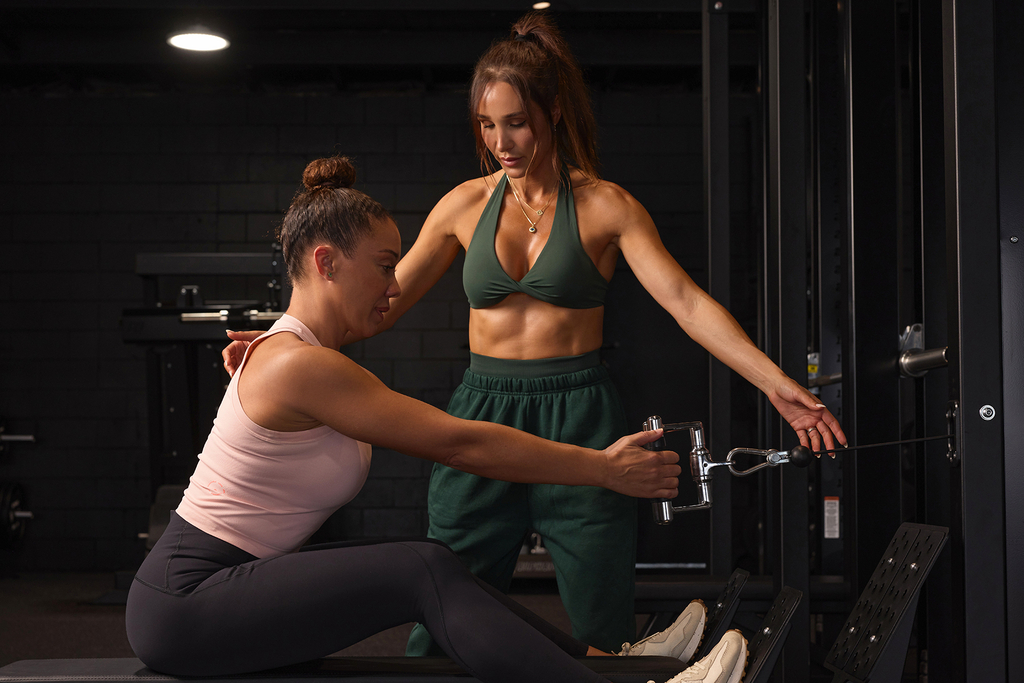One of the easiest ways to get more out of your workout routine is lifting heavier, but we don’t often talk about the power of pace – especially if you’re training at home or don’t have access to a huge selection of weights.
The speed at which you move through your reps can make a big difference to the difficulty of your workout and your results.
The real question: which one gets you closer to your fitness goals? Let’s break down the benefits of both approaches and how to decide which tempo belongs in your workouts.
Top line takeaways
-
Slow reps are great for beginners, those returning from a break or injury, or if you’re getting moving again after pregnancy.
-
Slowing down your reps can also help you to engage the correct muscles, build a stronger mind-muscle connection and avoid injury.
-
Fast reps are ideal if you’re wanting to improve your power, agility and explosiveness, and depending on the movement are also great to boost your cardio fitness.
-
For a super effective and spicy combo, we love slowing down the eccentric phase of the movement and moving with power and speed on the concentric phase of the movement (aka “negative” reps). This is a great way to spend more time under tension and fast-track your strength gains.
Eccentric, concentric and isometric explained
Before we get into the benefits of different lifting tempos, it helps to get your head around these three terms. During your workout, you can change the tempo of each of these phases depending on what you’re trying to achieve.
-
The eccentric phase of a movement refer to the lengthening phase of a movement. Every strength exercise has a lowering phase and a powerful lift phase, and this is the lowering. Examples of the eccentric phase include lowering into a squat position, the lowering section of a pull-up, the lowering of your arm in a bicep curl, or lowering the bar towards your chest in a bench press.
-
The concentric phase is when your muscle tension increases and your muscle fibres shorten or contract a you product force against a load – whether that’s your bodyweight or additional weights. This is the part where you exert power, such as pushing up out of a squat, the upward part of a push-up, or pushing the bar up in a bench press.
-
If you’ve heard the phrase “isometric hold” this generally means pausing in between the eccentric and concentric phases to hold tension in the muscle. This could be a pause at the top of a pull-up, the bottom of a push-up or squat, or hovering the bar just above your chest in a bench press. In Pilates, you’l often hear the phrase “isometric pulse,” which this means performing small pulsing movements in this position.
Tempo for beginners or those returning from a break
Slowing down your reps can be exactly what you need if you’re a beginner, coming back from a break or injury, or getting moving again after pregnancy.
Performing each rep at a slower, more controlled pace can allow you to focus on getting your form right, engaging the correct muscles and avoiding using momentum before you think about increasing the speed or lifting additional weights.
Don’t ever feel pressured to move fast until you’re confident with a movement and it feels good for your body.
Tempo for muscle building goals
Slowing down the pace isn’t just for beginners, it’s also an incredible way to fast-track your results if you do it right, especially if you have specific muscle building goals – aka hypertrophy.
When we’re talking about muscle building, you want to focus on specifically slowing down the eccentric phase of the movement to spend more time under tension, then moving with more power and speed on the concentric phase as Kayla is demonstrating in the kettlebell sumo squats above. You’ll find these “negative” reps in Strength at Home with Kayla, and trust us, training this way really burns.
We don’t mean taking 30 seconds to lower into a squat, it’s generally about 3-5 seconds to overload your muscles, then powering up fast.
A research review from 2015 found that a fairly wide range of rep durations (1-8 seconds) can be used to maximise muscle growth, but training at very slow speeds (longer than 10 seconds per rep) can actually reduce the effectiveness of the exercise and is not the best way to achieve hypertrophy or muscle growth.
Another study investigating the impact of velocity of movement on performance came to the same conclusion, stating that very slow velocity may not elicit appropriate levels of force, power or volume to optimise strength and athletic performance.
You can also pause for a second in the middle of the rep (that’s that isometric hold we were talking about!) to challenge your muscles and ensure you’re using pure strength to move through each rep, rather than momentum or bouncing motions.
When are fast reps better?
There’s also a time and place for moving fast through every phase of the movement.
For people who love HIIT training, you’ll be moving through your reps quickly and powerfully to build your fitness, agility and explosive power fast. Think sky-high tuck jumps, explosive burpees and speedy mountain climbers, or Kayla’s 1000-rep challenge. Every single phase of the movement is quick.
If you’re trying to build strength and muscle, rushing through your reps isn’t going to help get you there. If you’re chasing big fitness gains, epic levels of agility and a major endorphin rush – moving fast is a seriously good time. Just make sure you’re never sacrificing your form in the name of speed or you’ll be setting yourself up for injury.
Work out anywhere, anytime with YogaFokus
Ready for your first workout?
Find your perfect tempo
Different tempos have different benefits and are suited to different goals, so figure out your goals and what kind of training you actually enjoy, and let those factors lead the way.

